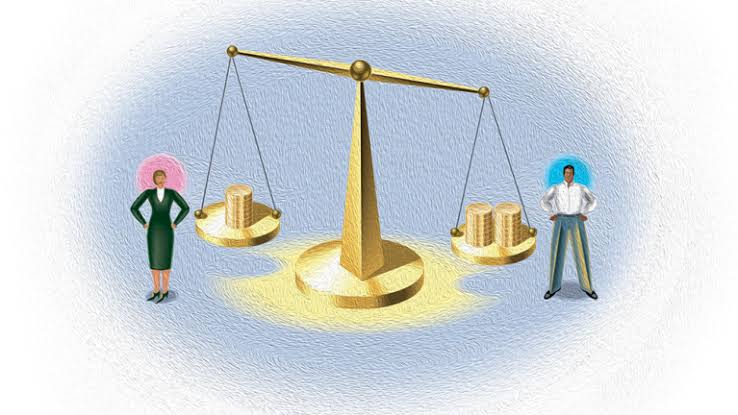Despite Australia’s gender pay gap shrinking to its lowest point in over a decade, progress in promoting women to senior corporate positions has slowed.
In 2023, the country is ranked 26th on the Global Gender Gap Index, with New Zealand, Iceland, Norway, and Finland at the top.
With a decrease of 1.1 percentage points from the previous year, the gender pay gap shrank from A$26,393 to A$26,322 ($867.83). With 4.8 million employees surveyed for the Employer Census this year, it is the second-largest yearly decline since the Workplace Gender Equality Agency (WGEA) started doing its surveys in 2014.
According to the WGEA research, although the number of women in management has been on the rise across the board, it has not yet reached the level of chief executive officer. While 22% of chief executive officers were women, the percentage of female board members stayed at 34% in the workforce overall, unchanged from 2022.
Australia is addressing its wage disparity, which is somewhat below the OECD average, and the release of this research by the agency comes at the same time.
Companies with 100 or more employees will be forced to submit their gender pay gap data annually beginning next year as a result of new income equality legislation. At the moment, findings are only made public by industry, not by individual companies.
Wage transparency measures are comparable in the United Kingdom, Japan, and the United States. Nevertheless, the wage gap has not been much reduced in the United Kingdom, with little improvement noted between the years 2022 and 2023. And in the United States, women have lost $61 trillion due to racial and gender pay disparities since 1967, according to a research this year by the progressive think tank Centre for American Progress.
According to Mary Wooldridge, chief executive officer of the WGEA, the decline in Australia was caused “by an increase in the proportion of women in senior management and manager roles and corresponding increases in pay” prior to the report’s release.
According to the WGEA, companies are likely to have hired more women for managerial and higher-paying positions due to the tighter labour market.
Based on the data compiled by the organisation, the construction industry has the highest average gender pay disparity at 28.3 per cent, followed by financial and insurance services at 26.2 per cent, and rental, hiring, and real estate services at 23.1 per cent. In the hospitality and food service industries, the wage disparity was 6.4 per cent.
The International Labour Organisation reports that women earn around 20 per cent less than men do on a global scale.

Leave a Reply